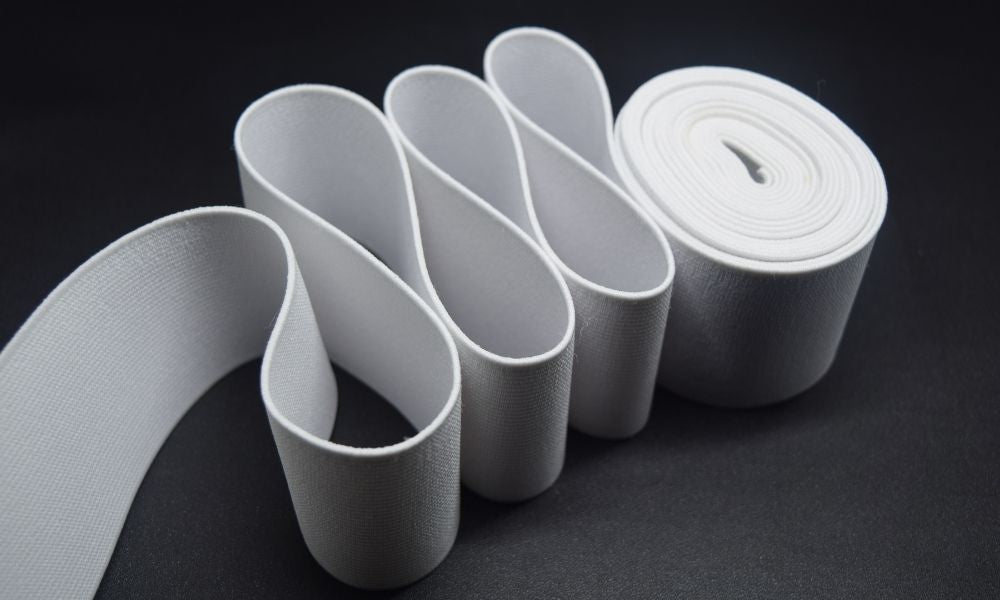INFO@SHESHIPS.COM
INFO@SHESHIPS.COM

Producing anything with elastic doesn’t have to be difficult. There are a few tips you should know for sewing knitted elastic by hand to help ensure you make the most of your material and make your project a success.
When you’re working with knit elastic bands, make sure that the elastic has a high recovery rate. This characteristic means that after you stretch it, it'll return to normal shape without much effort. If the elastic doesn’t recover well, it won’t work for sewing knitted garments.
Line up your elastic with the waistband and stitch through both the elastic and the fabric at the same time. Place pins every few centimeters to secure the elastic and provide extra support. Finally, remember to pull as you sew.
Measurements are key! The first step to any project is making sure you have your measurements correct. After you have the correct amount of elastic, mark the half points and quarter points.
Be sure you align your marking with your seams if necessary before you insert a single stitch. Materials such as markers and pins paired with a zigzag stitch will make all the difference.
The first step to sewing knitted elastic by hand is to thread your needle. For this, you’ll want a large-eyed needle, which is easier on the hands. The large eye also makes it much easier for you to see what’s going on with your threading process.
Stitch tightly together to keep the stretch in the elastic. When you get to the end, stitch the dangling end to the waistband, then work to stretch and secure the middle section to finish it off.
The amount of stretch you want in your final garment will determine how much elastic you should use—you can always remove more if necessary to tighten it up, but once it’s sewn together, there’s no going back!
Inserting the elastic into a garment with a casing can be tricky. The key is to use a large safety pin. Insert the safety pin into one side of the casing and guide the pin as far as you can into the casing. Be careful not to lose the other side of the elastic within the casing or you will have to start over.
Once you get back to the opening, pull the elastic out enough so you'll be able to match up the ends, double check that the elastic is straight, and stitch. Finally, switch the opening to finish the look.
Hand-sewing knit elastic is a great alternative to using a sewing machine because it’s portable. You can move your work around easily and relax as you sew. With the right tools and a bit of patience, our top tips for sewing knitted elastic by hand will have you stitching like a pro in no time.